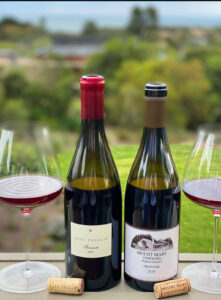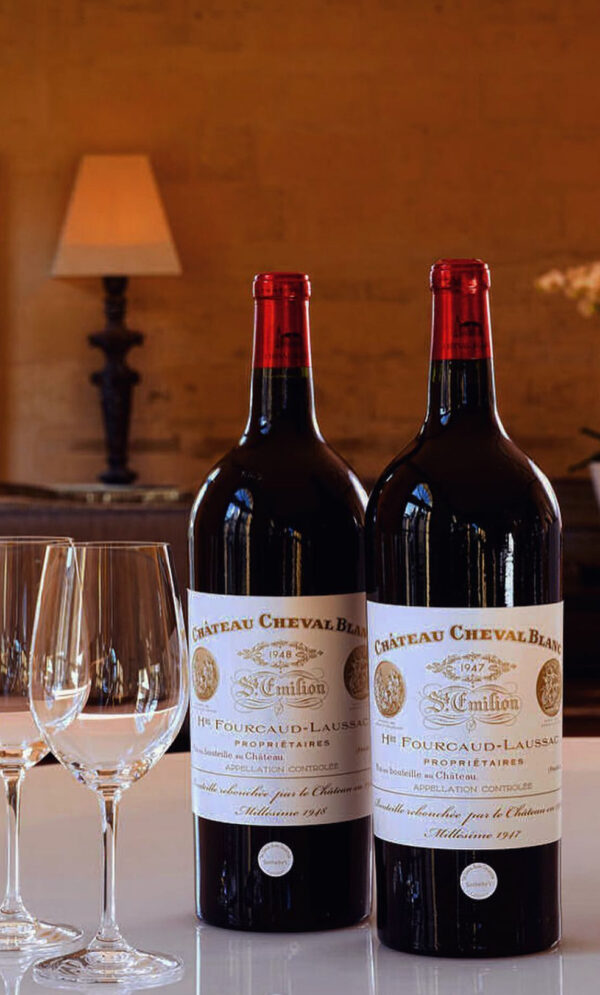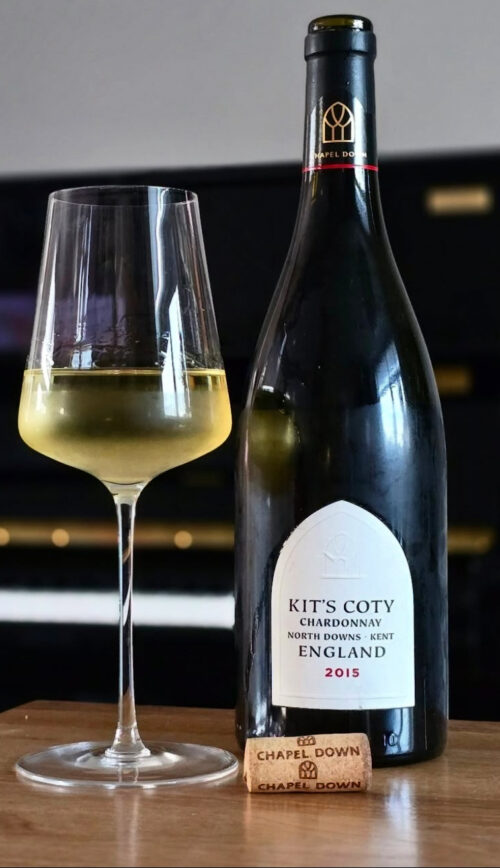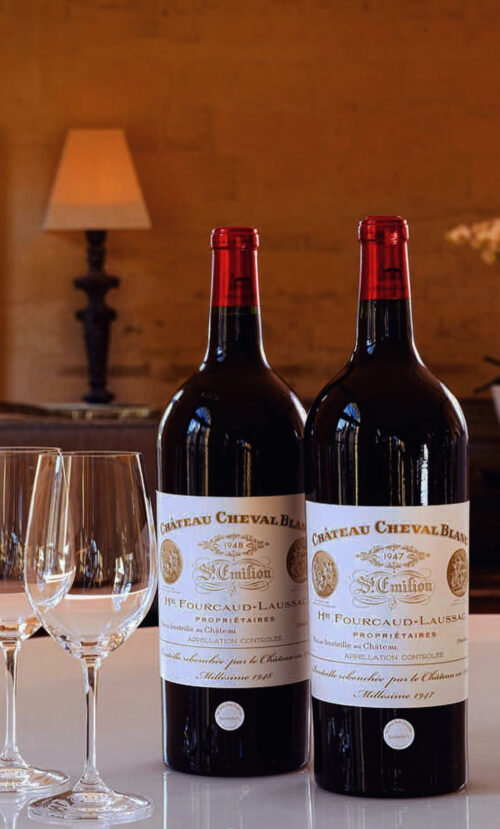Bass Phillip Reserve Pinot Noir: A Comprehensive Guide
Introduction
Bass Phillip Reserve Pinot Noir, hailing from Gippsland, Victoria, is Australia’s most revered Pinot Noir. Founded in 1979 by visionary winemaker Phillip Jones, the estate pioneered biodynamic practices and ultra-low-intervention winemaking. Sourced from 40-year-old vines in granite-rich soils, the Reserve bottling is a single-vineyard marvel, celebrated for its ethereal complexity and aging potential. With annual production under 300 cases, it rivals Burgundy’s Grand Crus in finesse. Acquired by a French consortium in 2022, Bass Phillip retains its artisanal ethos. This article explores its history, craftsmanship, and answers top questions about pricing, comparisons, and investment potential.

What Is Bass Phillip Reserve Pinot Noir?
Bass Phillip Reserve Pinot Noir is a single-vineyard Pinot Noir from Gippsland’s cool climate, where ancient granite and clay soils stress vines for concentrated, nuanced fruit. Phillip Jones’ biodynamic farming and natural winemaking—native yeast fermentation, no fining/filtration—yield wines of rare purity. Aged 18 months in French oak (20% new), it offers layered red fruit, forest floor, and spice notes. Critics like James Halliday award it 98+ points, praising its “transcendent” texture. Priced from 500–1,000, it’s a grail for collectors. Post-2022 acquisition, winemaking remains under Jones’ protégé, ensuring continuity.
Key Features
-
Biodynamic Farming: Enhances soil health and vine resilience.
-
Old Vines: 40+ years old, yielding low yields of intense fruit.
-
Minimal Intervention: No additives, native yeast, unfined/unfiltered.
-
Cool Climate: Slow ripening preserves acidity and fragrance.
-
Rarity: Under 300 cases produced annually.
People Also Ask about Bass Phillip Reserve Pinot Noir: Top Questions
1. Why Is Bass Phillip Reserve So Expensive?
Scarcity drives prices: Only 250–300 cases are made yearly. Labor-intensive biodynamic practices and global acclaim (e.g., 99 pts from Robert Parker) justify premiums. Auction prices often double retail, reflecting cult status.
2. How Does It Compare to Burgundy Pinot Noir?
It rivals Domaine de la Romanée-Conti in finesse. Gippsland’s climate mirrors Burgundy’s, but Bass Phillip offers a unique New World profile—floral, earthy, and less mineral-driven. Critics note its balance of power and delicacy.
3. Where Can I Buy Bass Phillip Reserve Pinot Noir?
Allocations are via mailing list (decades-long wait) or fine wine merchants like Langton’s. Secondary markets (Wine-Searcher, auctions) list bottles at markups. Post-2022 sale, distribution remains tightly controlled.
4. What Does It Taste Like?
Young: Red cherry, violets, and spice. Aged (15+ years): Truffle, sous-bois, and dried rose. The 2015 vintage (99 pts) is lauded for its “liquid silk” texture and endless finish.
5. Is It a Good Investment?
Yes. Older vintages (e.g., 1997) fetch $2,000+ at auction. Limited supply and consistent 97–99 scores ensure appreciation. Store bottles in cool, dark cellars.
6. How Long Can It Age?
Peak drinking window is 15–25 years. The 2005 Reserve now reveals tertiary complexity. Proper cellaring (55°F, 70% humidity) is critical.
7. What Food Pairs Best?
Pair with duck confit, wild mushroom risotto, or seared tuna. Its acidity cuts through richness, while earthy notes complement umami dishes.
8. Has Quality Changed Since the 2022 Sale?
Early reports suggest consistency. The new owners prioritize preserving Jones’ legacy, retaining winemaking teams and biodynamic protocols. The 2021 vintage earned 98 pts.
9. What Awards Has It Won?
-
1997 Reserve: 99 pts (Robert Parker).
-
2015 Reserve: 98+ pts (James Halliday).
-
2020 Reserve: “Top 100 Wines” (Wine Spectator).
10. Why Is Gippsland Ideal for Pinot Noir?
Cool maritime climate, long growing seasons, and granite soils create bright acidity and aromatic complexity. It’s Australia’s closest analogue to Burgundy’s Côte d’Or.
Conclusion
Bass Phillip Reserve Pinot Noir epitomizes the pinnacle of New World Pinot Noir, marrying Burgundian elegance with Gippsland’s untamed terroir. Its scarcity, critical acclaim, and artisanal ethos make it a holy grail for collectors, though its price and exclusivity challenge casual enthusiasts. Climate change and ownership transitions pose risks, but its biodynamic foundations and loyal following suggest enduring relevance. For those fortunate to taste it, Bass Phillip offers a transcendental experience—a fleeting sip of winemaking perfection. Whether as an investment or a milestone indulgence, it stands as a testament to Phillip Jones’ vision and Australia’s rising stature in global viticulture.






Reviews
There are no reviews yet.